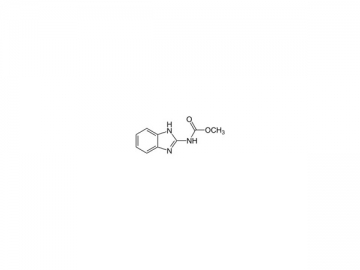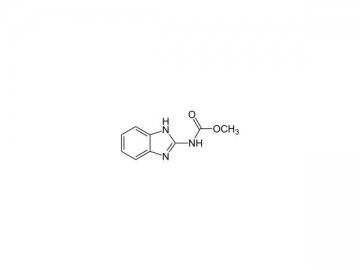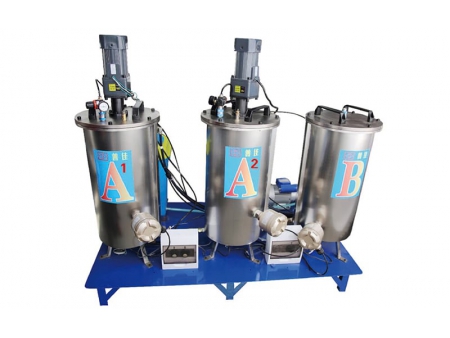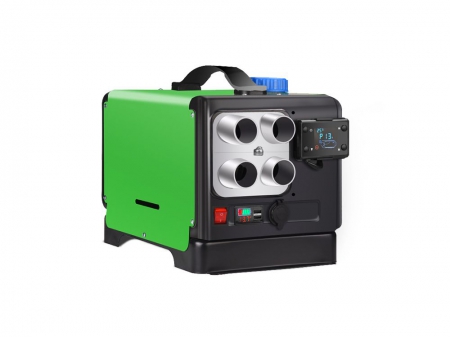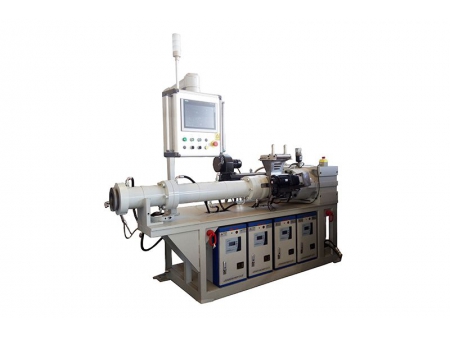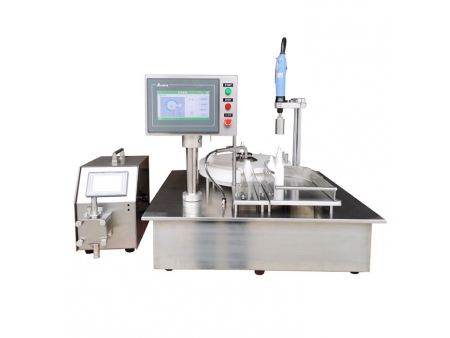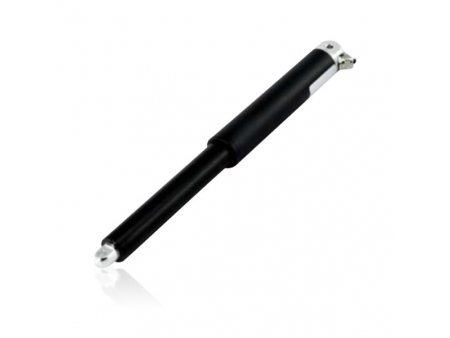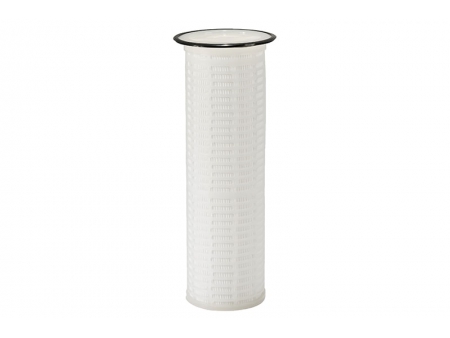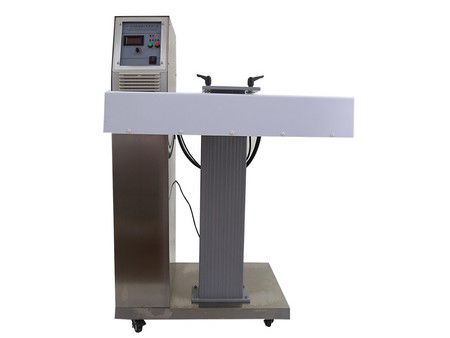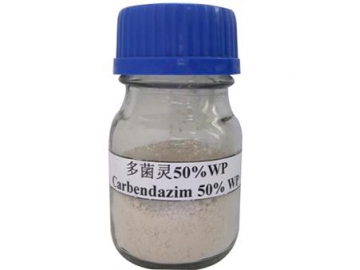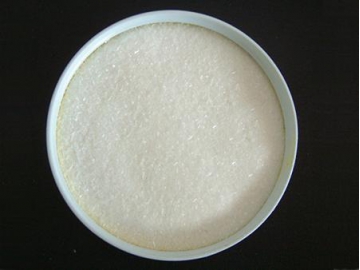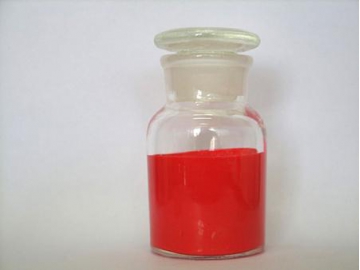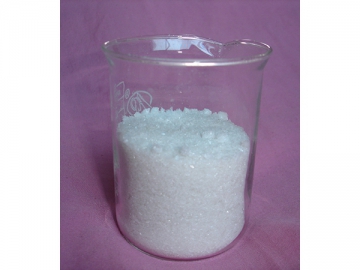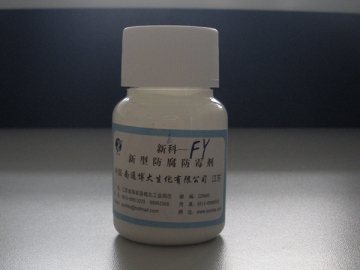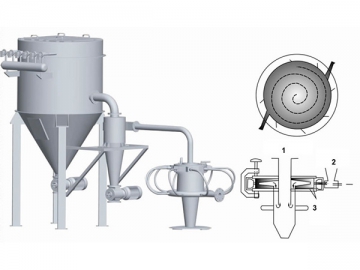Carbendazim
1. Carbendazim is a widely used, broad-spectrum benzimidazole fungicide and a metabolite of benomyl. It is utilized to control plant diseases in cereals and fruits, including citrus, bananas, strawberries, pineapples, and pomes. It is also controversially used in Queensland, Australia on macadamia plantations.
2. A 4.7% solution of carbendazim hydrochloride is marketed as a treatment for Dutch elm disease. Studies have found high doses of the product cause infertility and destroy the testicles of laboratory animals.
3. Maximum pesticide residue limits (MRLs) have been reduced since its harmful effects are discovered. The MRLs for fresh produce in the EU are now between 0.1 and 0.7mg/kg with the exception of loquat which is 2mg/kg. The limits for more commonly consumed citrus and pomme fruits are between 0.1 and 0.2mg/kg.
Uses
Carbendazim is desirable for control of the following fungi.
1. Septoria, Fusarium, Erysiphe and Pseudocercosporella in cereals.
2. Sclerotinia, Alternaria and Cylindrosporium in oilseed rape
3. Cercospora and Erysiphe in sugar beet
4. Uncinula and Botrytis in grapes
5. Cladosporium and Botrytis in tomatoes
6. Venturia and Podosphaera in pome fruit and Monilia and Sclerotinia in stone fruit
Application rates vary from 120 to 600g/ha, depending on crop. A seed treatment from 0.6 to 0.8g/kg will control Tilletia, Ustilago, Fusarium and Septoria in cereals. Also, it will control Rhizoctonia in cotton. Additionally, the broad spectrum fungicide shows activity against storage diseases of fruit as a dip from 0.3 to 0.5g/l.
Properties| CAS No. | 10605-21-7 |
| Molecular Formula | C9H9N3O2 |
| Molar Mass | 191.19g/mol |
| Appearance | Light gray powder |
| Density | 1.45 at 20℃ |
| Melting Point | 302-307°C (decomposition) |
| Solubility in Water | In water 29mg/l (pH=4), 8mg/l (pH=7), 7mg/l (pH=8) (24℃) |
| Solubility in Other Solvents | In dimethylformamide 5, acetone 0.3, ethanol 0.3, chloroform 0.1, ethyl acetate 0.135, dichloromethane 0.068, benzene 0.036,cyclohexane < 0.01, diethyl ether < 0.01, hexane 0.0005 (all in g/l, 24℃) |
| Stability | 1. Carbendazim decomposes at melting point. 2. It is stable for at least 2 years below 50℃. It is also stable after 7 days at 20,000lux. 3. This product slowly decomposes in alkaline solution at 22℃. 4. DT50 >350d (pH=5 and pH=7), 124d (pH=9) 5. Our product is stable in acids, forming water-soluble salts. |

